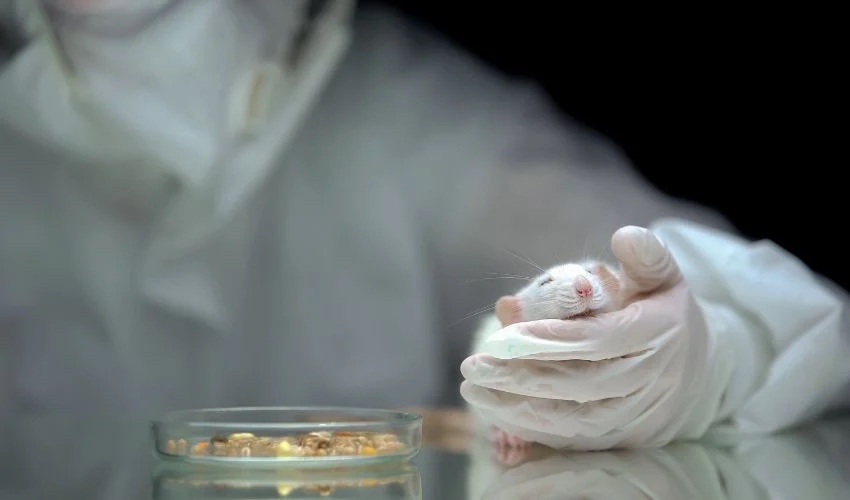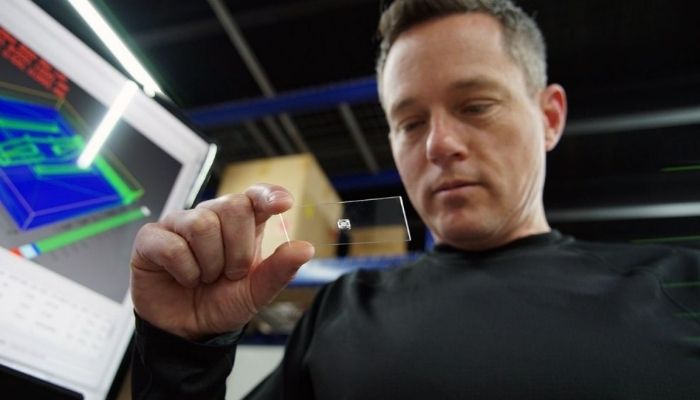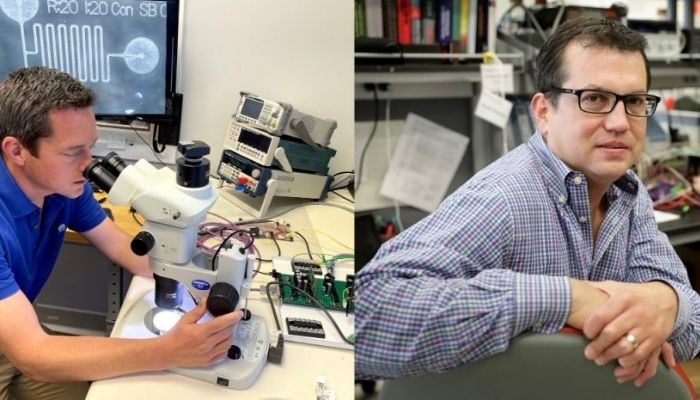$1.8M in Funding Given to 3D Print ‘Organ-on-a-Chip’ to Eliminate Animal Testing

In pharmaceuticals, the development of new treatments involves a long series of tests and strict government scrutiny. The arduous journey from theory to drug approval is fraught with challenges. One of the biggest is undoubtedly the current testing methods that experiment on animals before human trials are initiated. In addition to being subject to criticism over the ethics involved, there is a discrepancy in testing drugs on such different living beings. Even so, the most recent data indicate that every year more than 110 million animals are sacrificed in laboratories in the United States alone.
But what can be done? It turns out that a $1.8 million grant has recently been announced by the National Institutes of Health (NIH) for a project that will seek to develop solutions to try to put an end to this type of testing. The team brings together experts from multiple institutions, including Georgia Tech, Virginia Tech and Harvard Medical School, and will be led by Jeff Schultz, co-founder of 3D printed microfluidics company Phase Inc.

Jeff Schultz holding a 3D printed organ-on-a-chip (photo credits: Alex Parrish/Virginia Tech).
How Has the ‘Organ-on-a-Chip’ Come About?
The reality is that all team members have already been working together for some years in this line of research. From now on, Rafael Davalos, Seemantini Nadkarni, Amrinder Nain and Jeff Schultz will combine their expertise with Phase Inc.’s 3D printing technique to overcome the remaining challenges. This innovative approach leverages organ-on-a-chip technology, where small devices made of microfluidics simulate the functions of human organs. By testing drugs on these cell-based platforms, researchers can obtain more accurate and reliable data on how drugs will work in the human body.
One of the most important obstacles in drug development is the blood-brain barrier, a complex network of blood vessels and tissues that protects the brain by allowing only essential substances such as water and oxygen to pass through, while blocking harmful ones. Many promising drugs fail in clinical trials because they cannot cross this barrier.
Rafael Davalos, a key member of the team, highlights this challenge: “Therapeutics fail in clinical trials because they can’t cross the blood-brain barrier. The reality is that the devices that have been created in a lab don’t work and they allow too much to pass through. This gives false information that molecules can get through, and when you get into a clinical trial, the drugs fail because the human brain conditions haven’t been properly duplicated.” To address this, the team is using Phase’s proprietary 3D printing methods to develop microfluidics with unprecedented precision, creating realistic models of the blood-brain barrier and potentially other organs.

Jeff Schultz (left) and Rafael Dávalos (right) (photo credits: Phase Inc)
Jeff Schultz’s expertise in 3D printing has been instrumental in this project. By designing microfluidic devices that mimic the exact curvature, size and function of human veins, Schultz aims to replicate the dynamic environment of the human body. This approach allows for more accurate drug testing, providing a closer approximation to real-life conditions than conventional flat cell culture methods.
“We’re building something that more realistically mimics the geometry of the body compared to other microfluidics,” Schultz explains. “Harnessing the design freedom of 3D printing allows us to create devices that have the same curvature, size of veins, and functionality of the human body. We can put in valves similar to the heart that are accustomed to pulsating mechanical stresses. This gives us the opportunity to see results that are closer to real life than if the cells were laying flat in a dish, and is done in other conventional microfluidic devices, but has yet to be applied to the blood brain barrier.”
By creating these synthetic models, the team hopes to revolutionize the drug testing process, offering a more reliable, ethical and human-relevant alternative to animal testing. This could lead to faster, safer and more effective drug development, ultimately improving the quality of life for countless people.
What do you think of the possibility of using a 3D printed organ-on-a-chip to get rid of animal testing? Let us know in a comment below or on our LinkedIn, Facebook, and Twitter pages! Don’t forget to sign up for our free weekly newsletter here for the latest 3D printing news straight to your inbox! You can also find all our videos on our YouTube channel.






